Researchers have made a potentially vital breakthrough in the search for renewable energy storage.
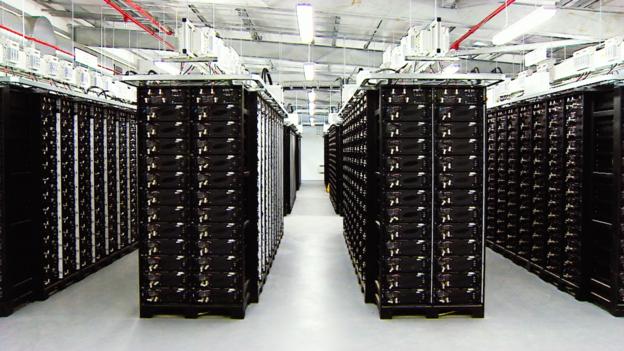

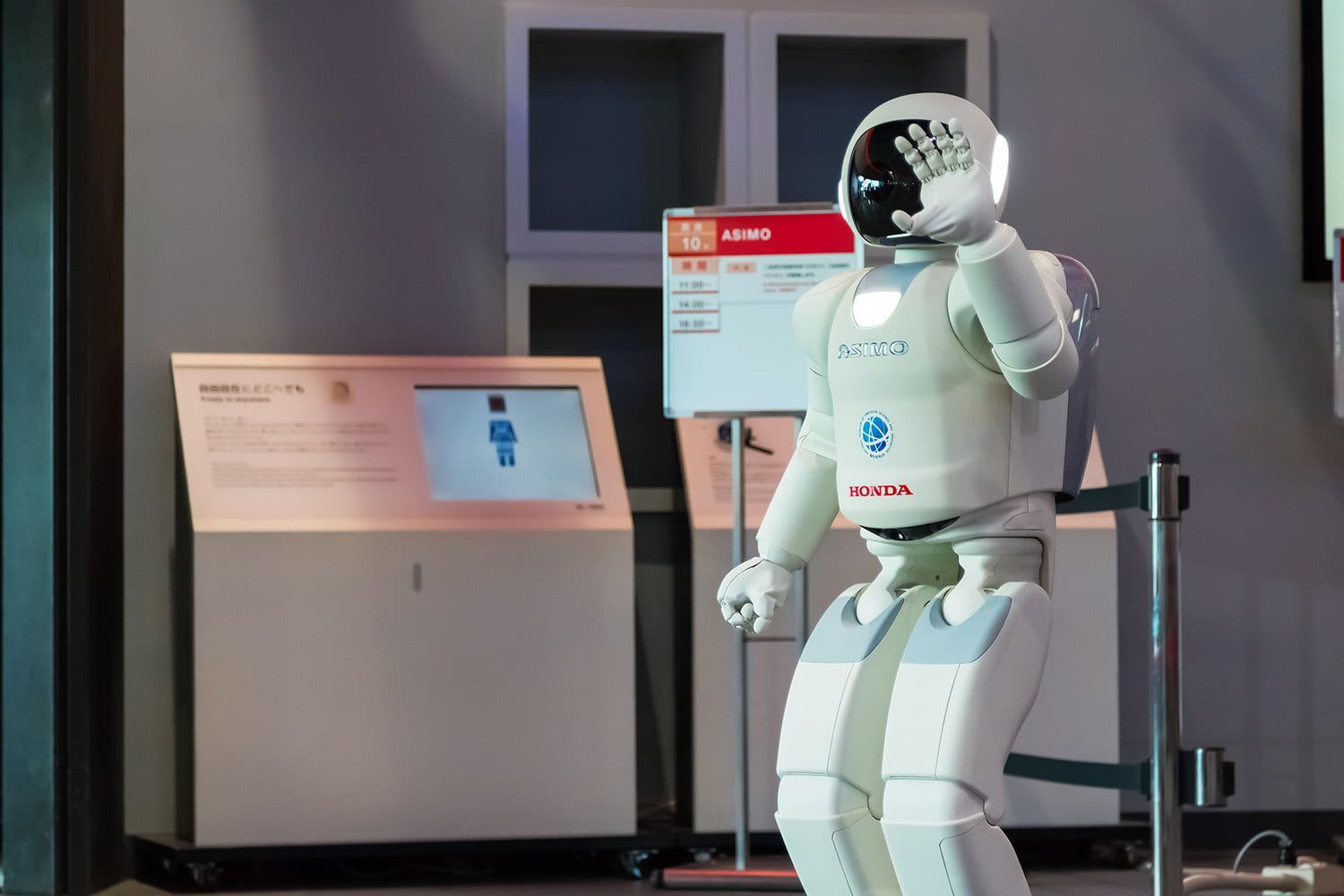
From research labs to factories, farms, and even our own homes, robots are everywhere these days. But which are the most important robots ever built? We decided to welcome our new robot overlords with just such a list. Read on to discover which robots we owe a debt of a gratitude for their part in turning science fiction into, well, science.
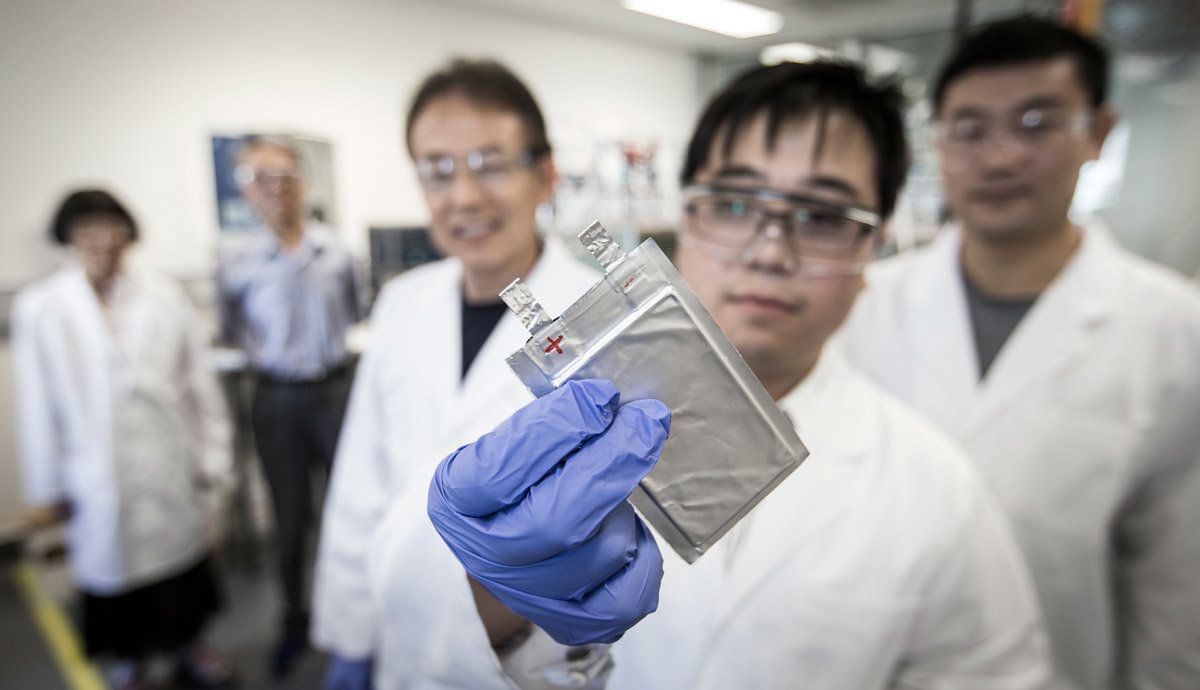
A new sodium-ion battery chemistry that shows superior performance to existing state-of-the-art sodium-based batteries could be the catalyst to enabling mass-production of the emerging technology for large-scale energy storage, such as in applications including storing solar power for industrial sites.
Despite sodium’s appeal as a low-cost, abundant and environmentally friendly building block for energy storage, it is a relatively new entrant in the field of battery technology research and development.
A key issue for sodium-ion batteries is that many of the active materials used in their chemistry are sensitive to air—exposure to even a few molecules of air can degrade the material and reduce battery performance.
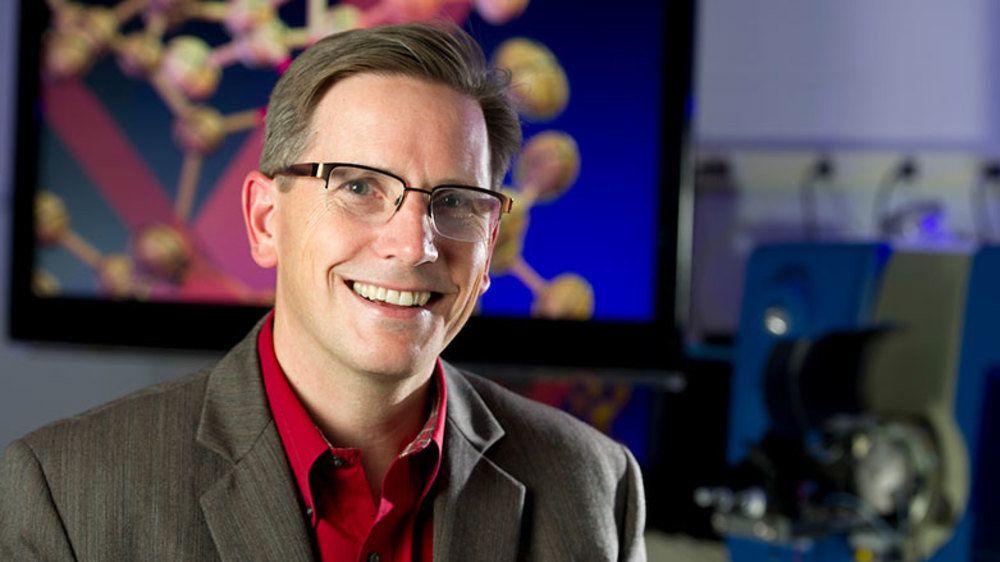
Researchers at the University of Notre Dame are developing a renewable energy approach for synthesizing ammonia, an essential component of fertilizers that support the world’s food production needs. The Haber-Bosch process developed in the early 1900s for producing ammonia relies on non-renewable fossil fuels and has limited applications for only large, centralized chemical plants.
The new process, published in Nature Catalysis, utilizes a plasma—an ionized gas—in combination with non-noble metal catalysts to generate ammonia at much milder conditions than is possible with Haber-Bosch. The energy in the plasma excites nitrogen molecules, one of the two components that go into making ammonia, allowing them to react more readily on the catalysts. Because the energy for the reaction comes from the plasma rather than high heat and intense pressure, the process can be carried out at small scale. This makes the new process well-suited for use with intermittent renewable energy sources and for distributed ammonia production.
“Plasmas have been considered by many as a way to make ammonia that is not dependent on fossil fuels and had the potential to be applied in a less centralized way,” said William Schneider, H. Clifford and Evelyn A. Brosey Professor of Engineering, affiliated member of ND Energy and co-author of the study. “The real challenge has been to find the right combination of plasma and catalyst. By combining molecular models with results in the laboratory, we were able to focus in on combinations that had never been considered before.”
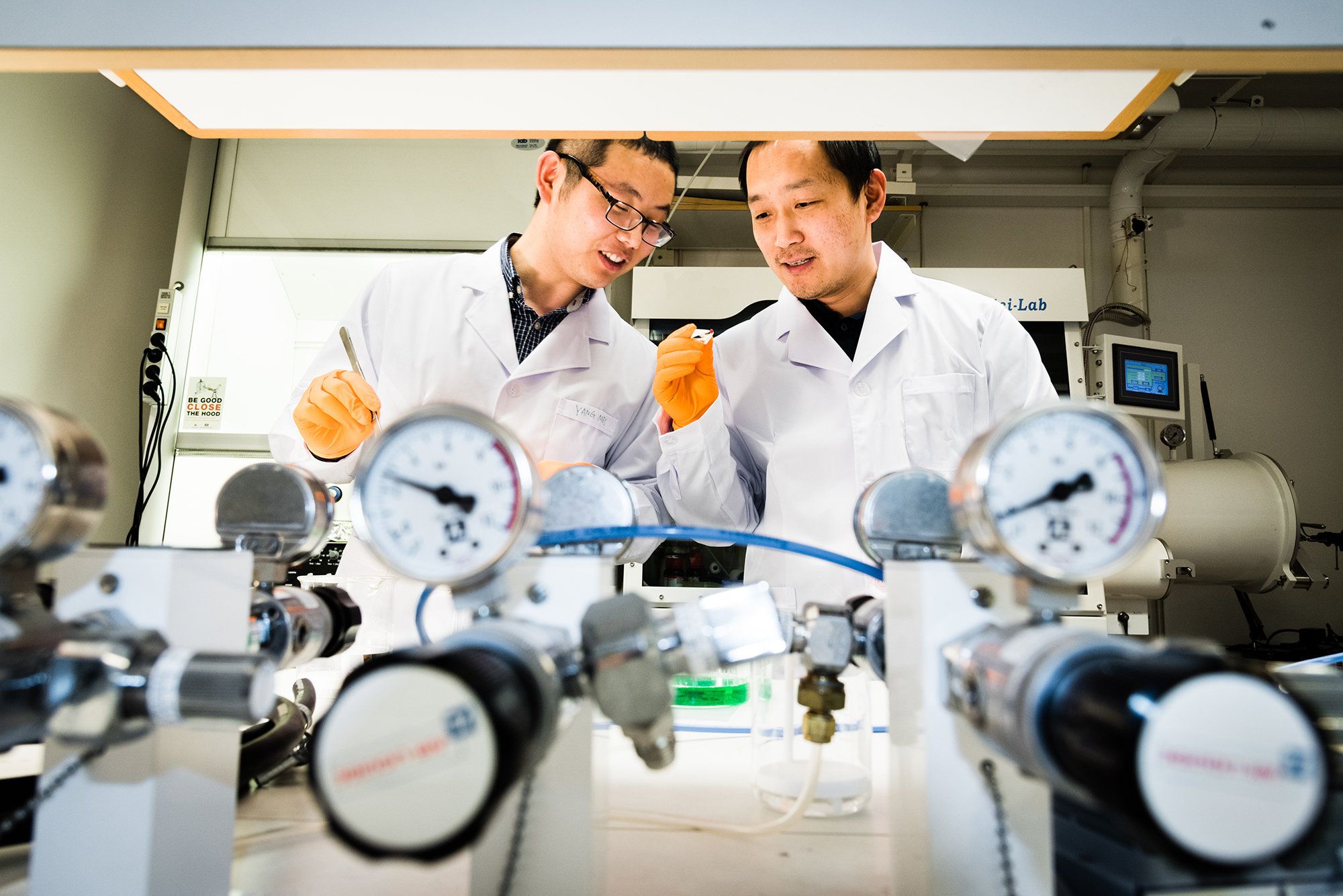
Researchers have taken a step toward manufacturing solar cells from lead-free perovskites. High-quality films based on double perovskites, which show promising photovoltaic properties, have been developed in collaboration between Linköping University, Sweden, and Nanyang Technological University in Singapore.
Research groups around the world are pursuing the potential of perovskites as one of the most promising materials for the development of cheap, environmentally friendly and efficient solar cells. In just a few years, the power conversion efficiency has increased from a few percent to over 22 percent. The perovskites currently available for use in solar cells, however, contain lead, and Feng Gao, senior lecturer at LiU, was appointed in the autumn of 2017 as Wallenberg Academy Fellow to develop lead-free double perovskites, in which a monovalent metal and a trivalent metal replace the divalent lead.
In the laboratory at the Division of Biomolecular and Organic Electronics, LiU, postdoc researchers Weihua Ning and Feng Wang have successfully manufactured single-layer thin films of densely packed crystals of double perovskites. The films are of extremely high quality and can be used as the active layer in solar cells, in which sunlight is absorbed and charge carriers created.

As many as 153 million air pollution deaths would be avoided if governments speed up the timetable for reducing fossil fuel emissions, a new Duke University study finds. [This article first appeared on LongevityFacts. Author: Brady Hartman. ]
There is an overlooked benefit to lowering carbon emissions, besides reducing sea-level rise, a new study says.
Reducing emissions will likely save about 153 million human lives if the nations of the world agree to cut enough emissions to limit global temperature rise to less than 1.5°C (2.7 degrees Fahrenheit), by the end of the century. That is about a degree lower than the target set by the Paris climate accords.

Postponing Day Zero in Cape Town for 2018 comes as no surprise. There was no sense to it once the day had been pushed into the winter rainfall period. It also didn’t make sense for the Western Cape and Cape Town governments to continue drafting detailed logistical plans for points of water distribution in the event that taps were turned off across the city.
But Cape Town’s water supplies remain at high risk because the long-term predictions for rainfall in the south-western Cape remain uncertain. Dam levels continue to fall while people are struggling to achieve the city’s target of 450 million litres per day. And yields from new water schemes will only be known in the coming months and next year.
The general perception is that the onset of climate change would be slow and measured. This would afford authorities the time to intervene with considered plans. But climate change is a disrupter and takes no prisoners. Over the past three years, Cape Town and the surrounding regions has experienced successive years of well below average rainfall. The experience is changing the way people think about water and how it is managed.

If we are to have truly smart cities our transport systems will have to be more cost-effective, safer and sustainable. Perhaps most of all they will need to be more integrated, as the EU-funded project MFDS demonstrates.
The stated aim of the EU’s ‘smart, green and integrated transport’ initiative is to build a European transport system that is ‘resilient, resource-efficient, climate- and environmentally friendly, safe and seamless for the benefit of all citizens, the economy and society.’
In contribution, the EU-funded MFDS project has developed a versatile and affordable ‘Intelligent Transport System’ offering several functions including wrong-way driver detection, traffic congestion detection, vehicle counting by vehicle classification and parking accounting. The core innovation of MFDS is the system’s ability to perform its functions simultaneously, while remaining low-cost to buy and install, as well as running on minimum power. The project’s feasibility study has demonstrated that the system will be of interest to multiple EU markets.

In the public imagination, the Amish are famous for renouncing modern technology. In truth, many Amish farms hum with machines: milk vats, mechanical agitators, diesel engines, and pneumatic belt sanders are all found in their barns and workshops.
The Amish don’t actually oppose technology. Rather, the community must vote on whether to adopt a given item. To do so, they must agree almost unanimously, says Jameson Wetmore, a social science researcher at Arizona State University. Whereas the outside world may see innovation as good until proven otherwise, the Amish first decide whether a new technology might erode the community values they’re trying to preserve. “It is not individual technologies the concern us,” one Amish minister told Wetmore, “but the total chain.”
It’s an idea that is resonating in Silicon Valley these days, where a debate over technology and its potential unintended consequences is cleaving the industry into rival camps—each with a tech titan as its figurehead.

Elon Reeve Musk is a South African-born Canadian-American business magnate, engineer, inventor and investor. He is the CEO and CTO of SpaceX, CEO and product architect of Tesla Motors, and chairman of SolarCity as well as co-chairman of OpenAI.
He is the founder of SpaceX and a co-founder of Zip2, PayPal, and Tesla Motors. He has also envisioned a conceptual high-speed transportation system known as the Hyperloop and has proposed a VTOL supersonic jet aircraft with electric fan propulsion. He is the wealthiest person in Los Angeles.
Peter Diamandis ► https://goo.gl/Q0yk81
Peter H. Diamandis is a Greek–American engineer, physician, and entrepreneur best known for being the founder and chairman of the X Prize Foundation, the co-founder and executive chairman of Singularity University and the co-author of the New York Times bestsellers Abundance: The Future Is Better Than You Think and BOLD: How to Go Big, Create Wealth, and Impact the World. He is also the former CEO and co-founder of the Zero Gravity Corporation, the co-founder and vice chairman of Space Adventures Ltd., the founder and chairman of the Rocket Racing League, the co-founder of the International Space University, the co-founder of Planetary Resources, founder of Students for the Exploration and Development of Space, and vice-chairman & co-founder of Human Longevity, Inc.
In March 2014, Diamandis co-founded Human Longevity Inc. (HLI), a genomics and cell therapy-based diagnostic and therapeutic company focused on extending the healthy human lifespan, with Craig Venter and Robert Hariri.
——–
Facebook: https://www.facebook.com/agingreversed
Tumblr: http://agingreversed.tumblr.com
Twitter: https://twitter.com/Aging_Reversed
Donate: https://goo.gl/ciSpg1